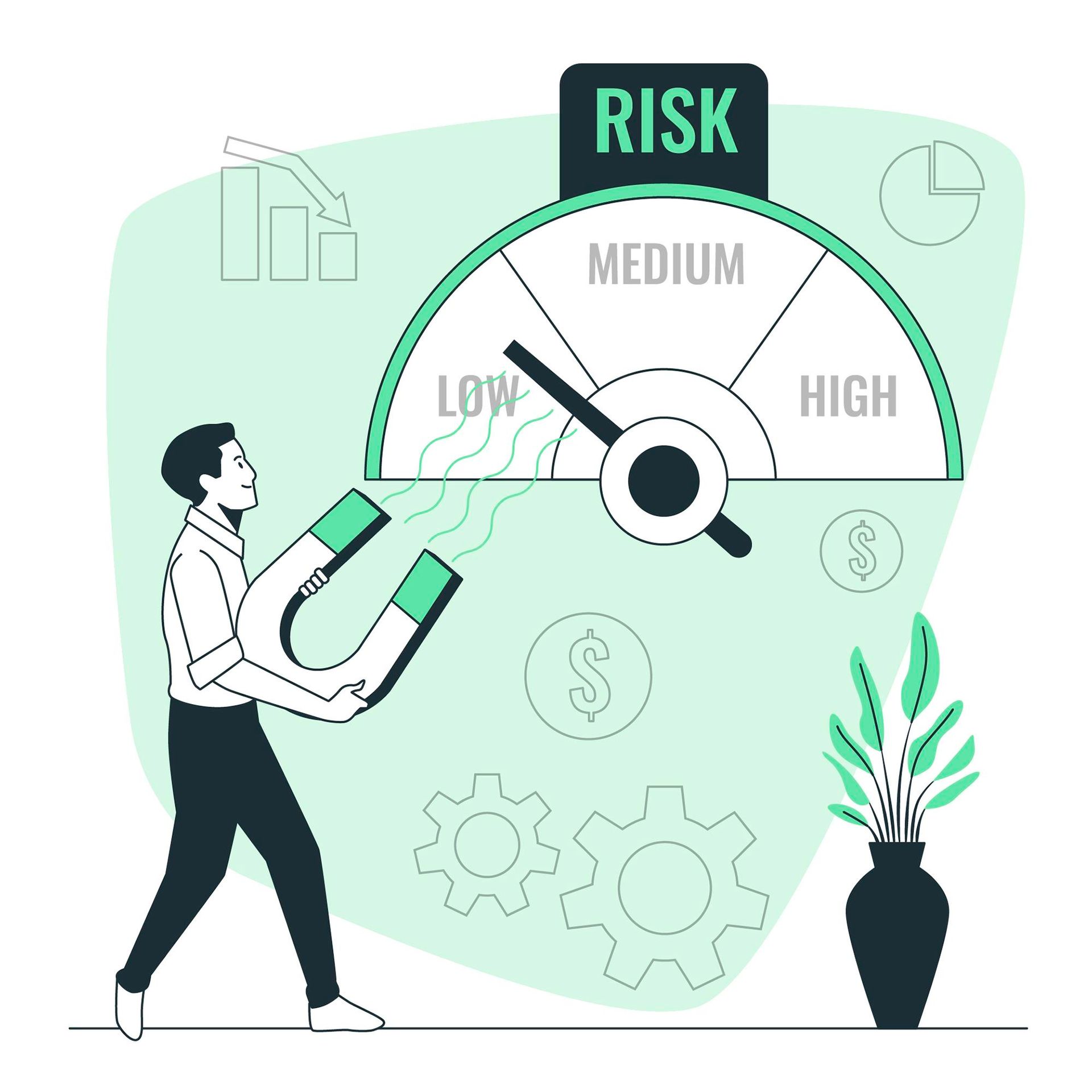Staying resilient and ahead in a volatile world
2025 is shaping up to be a defining year for businesses around the world. With economic shifts, digital disruption, regulatory evolution, and shifting workforce dynamics, the risk landscape is growing more complex.
For business leaders, staying ahead means recognising not only where the risks lie but how to turn them into opportunities.
At Josty, we help companies build stronger, more adaptive strategies by proactively managing risk. Here are the top 6 business risks that companies should be watching closely in 2025 and what to do about them.
1. Economic Uncertainty & Market Volatility
Why it matters:
With continued global instability, fluctuating inflation, and interest rates affecting consumer spending and operational costs, economic unpredictability remains a key threat.
What to do:
- Build flexible financial models
- Diversify revenue streams
- Maintain a healthy cash buffer
- Monitor economic indicators locally and globally
2. Talent Shortages & Workforce Challenges
Why it matters:
The skills gap is widening, especially in technical, sales, and leadership roles. Retaining top talent and developing internal capability is more critical than ever.
What to do:
- Upskill existing teams
- Invest in leadership development
- Adopt flexible work policies to attract and retain staff
- Prioritise culture and engagement
3. Cybersecurity & Data Privacy Threats
Why it matters:
As businesses embrace more digital systems and data flows, they also face increased cyber threats. A single breach can damage operations, customer trust, and brand reputation.
What to do:
- Conduct regular cybersecurity audits
- Educate staff on data protection best practices
- Implement multi-layered security protocols
- Review compliance with data privacy laws (e.g. NZ Privacy Act)
4. Supply Chain Disruptions
Why it matters:
Geopolitical tension, freight delays, and material shortages continue to impact the flow of goods and services. A disrupted supply chain can stall growth and increase costs.
What to do:
- Map out and monitor your entire supply chain
- Build relationships with alternative suppliers
- Invest in local sourcing where possible
- Incorporate risk scenarios into your business continuity plan
5. Regulatory & Compliance Shifts
Why it matters: From climate regulations to employment laws, companies are expected to stay compliant in a fast-changing legal environment. Failing to do so risks penalties, reputational damage, and missed opportunities.
What to do:
- Stay updated with regulatory changes
- Consult with legal and compliance professionals
- Build internal processes for regular policy reviews
- Incorporate ESG (Environmental, Social, Governance) into business planning
6. Environmental, Weather & Utility Risks
Why it matters: Extreme weather events, power and internet outages, along with water shortages are becoming more frequent, unpredictable and long lasting. These can disrupt operations, damage infrastructure, and pose serious safety and compliance risks.
What to do:
- Develop a disaster preparedness and response plan
- Review insurance policies for climate and utility-related coverage
- Identify critical infrastructure dependencies (e.g. electricity, water, internet)
- Consider environmental sustainability in operations and site selection
Final Thoughts
New Zealand businesses face an increasingly volatile climate landscape from recent Otago and Auckland floods causing billions in losses to frequent utility interruptions due to weather extremes. Embedding resilient practices such as climate-aware contingency planning, weather-adapted infrastructure, and proactive utility risk approaches is no longer optional. Businesses that treat environmental and utility disruption as strategic challenges can maintain operations, control insurance exposure, and position themselves to thrive despite volatility. By integrating these risks into your broader continuity playbook, you not only protect your business you build resilience that fuels long-term success and gives you a competitive edge.
So, what’s next?
Risk is inevitable but it doesn’t have to be unmanageable.
The key is to shift from reactive to proactive. That means assessing vulnerabilities, building adaptability into your strategy, and ensuring your team is equipped to respond quickly and confidently.
At Josty, we work with businesses to develop practical, scalable risk management frameworks tailored to your goals not just to avoid threats, but to capitalise on them.
Post written by Jason Jost

